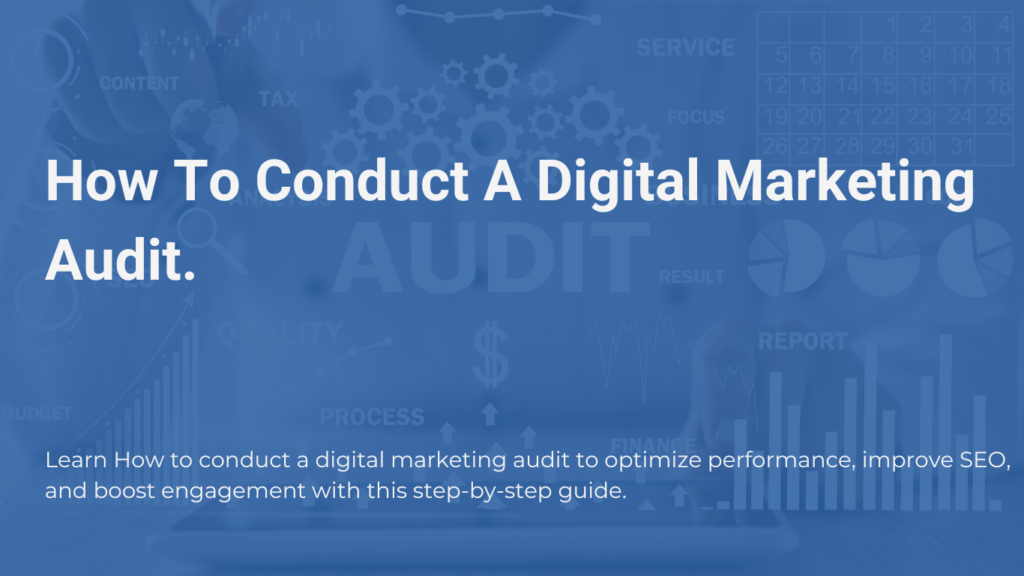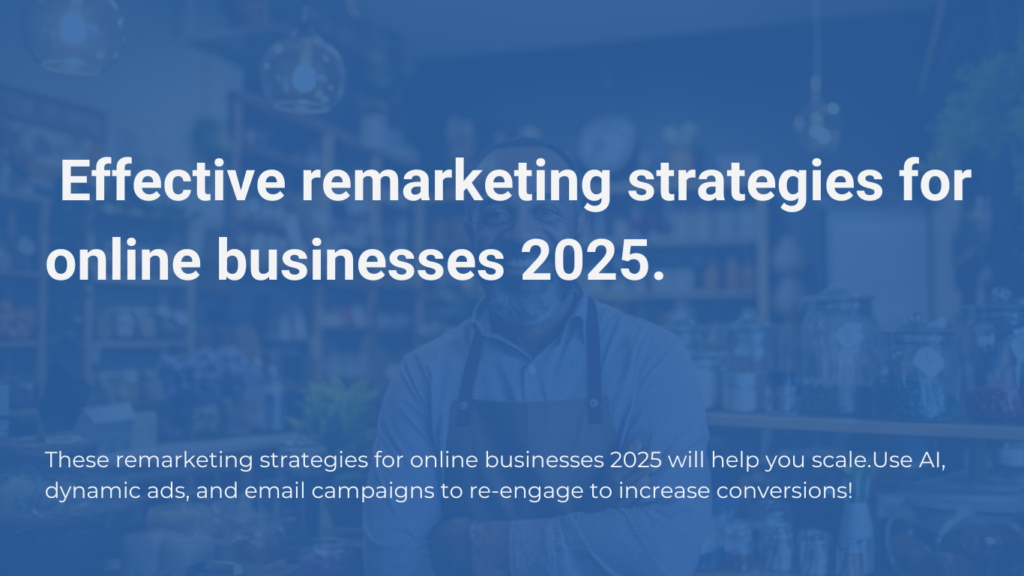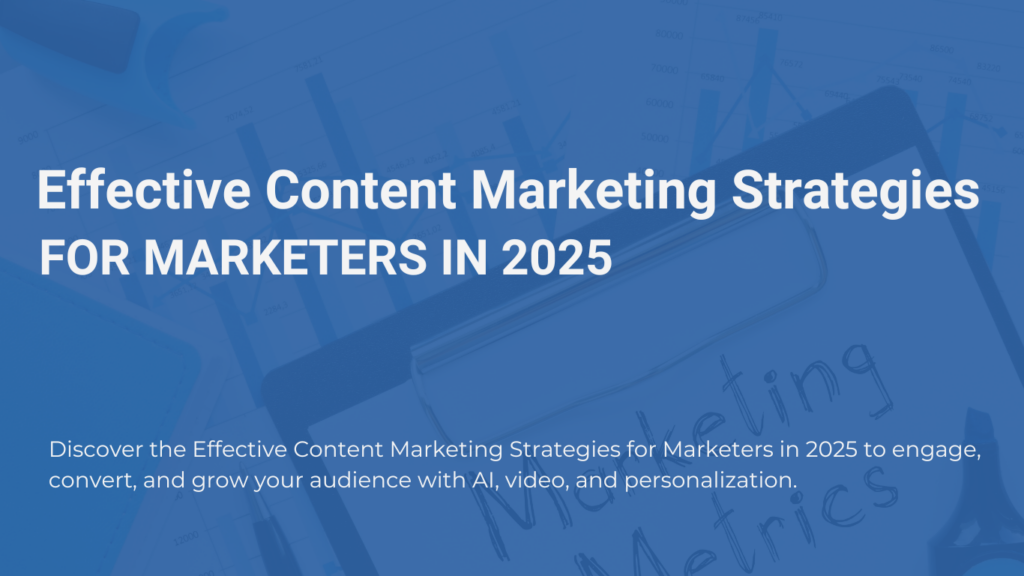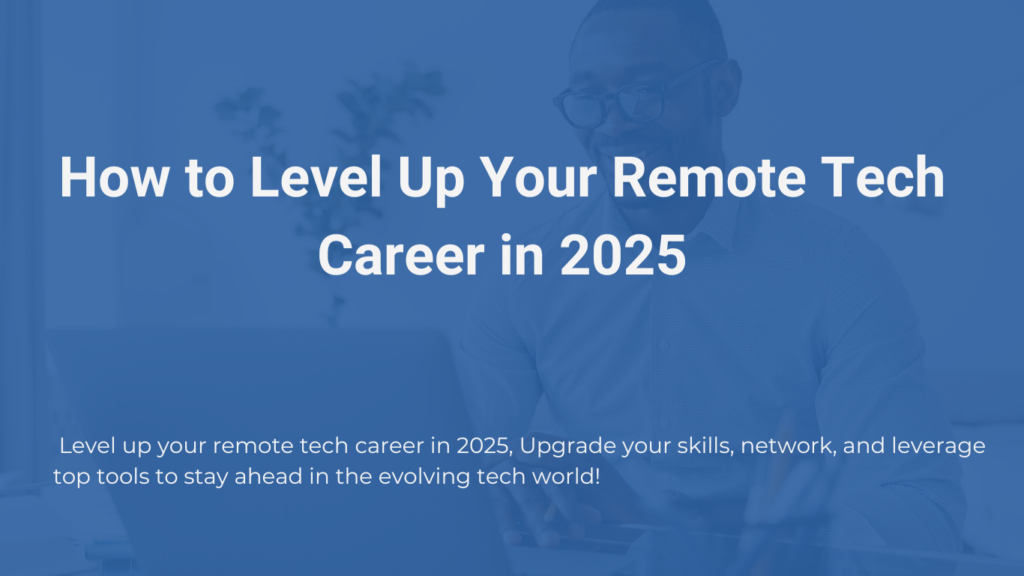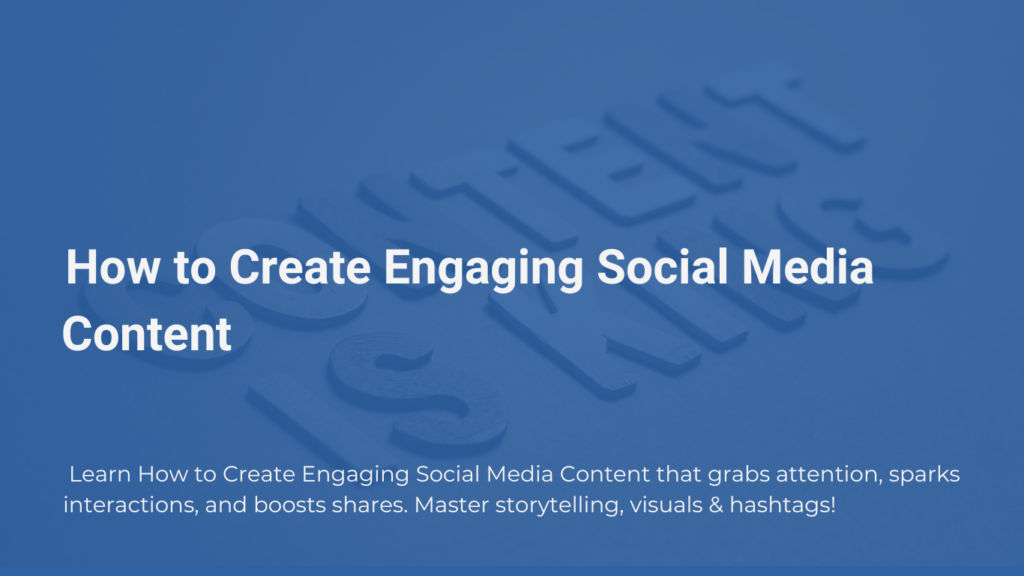how to conduct a digital marketing audit.
If your digital marketing strategy feels like a puzzle missing key pieces, it’s time to take a step back and assess what’s working and what’s not. Knowing How to conduct a digital marketing audit is essential for improving performance, eliminating wasted efforts, and optimizing your online presence. A well-executed audit helps you uncover opportunities, strengthen weak areas, and align your marketing efforts with your business goals. Let’s dive into the process step by step! What is a Digital Marketing Audit? A digital marketing audit is a thorough evaluation of all your online marketing efforts, including your website, content, SEO, social media, paid ads, and email marketing. The goal is to identify strengths, weaknesses, and opportunities for improvement. Conducting an audit ensures that every aspect of your digital marketing strategy is working effectively to drive results. 1.Define Your Audit Objectives Before jumping into data analysis, establish clear goals for your audit. Are you looking to improve SEO, enhance social media engagement, or refine your paid advertising strategy? Defining objectives gives your audit direction and ensures you focus on the right areas. 2.Analyze Website Performance Your website is the heart of your digital presence. Conduct a thorough review of site speed, mobile responsiveness, user experience, and conversion rates. Tools like Google Analytics and PageSpeed Insights help identify areas that need improvement. 3.Evaluate SEO Effectiveness SEO determines how easily customers find you online. Assess keyword rankings, backlinks, and technical SEO aspects like meta descriptions, image alt texts, and structured data. Regular SEO audits help keep your content visible and relevant. 4.Assess Content Strategy Content marketing is a major driver of online engagement. Review blog posts, landing pages, and multimedia content to see what’s performing well. Identify outdated content, repurpose high-performing posts, and ensure your messaging aligns with your audience’s needs. 5.Review Social Media Presence Social media is a powerful brand-building tool. Audit engagement metrics, follower growth, and post performance. Identify platforms delivering the best results and refine your strategy to increase audience interaction and visibility. 6.Examine Paid Advertising Performance If you’re running ads, analyze cost-per-click (CPC), return on ad spend (ROAS), and audience targeting. A well-structured ad audit ensures that your budget is being used efficiently and that your campaigns are driving valuable conversions. 7.Assess Email Marketing Success Email marketing remains a strong engagement tool. Review open rates, click-through rates, and subscriber growth. Identify underperforming email campaigns, optimize subject lines, and personalize messaging for better audience response. 8.Monitor Competitor Strategies Competitor analysis gives you valuable insights into industry trends and areas for improvement. Compare your website traffic, content performance, and engagement rates against competitors to identify opportunities for growth. Conclusion Understanding How to conduct a digital marketing audit helps you refine your strategy, maximize results, and stay ahead of the competition. Regular audits ensure that your marketing efforts remain aligned with business goals, leading to improved visibility, engagement, and conversions. Start auditing today and take control of your digital success!
how to conduct a digital marketing audit. Read More »

